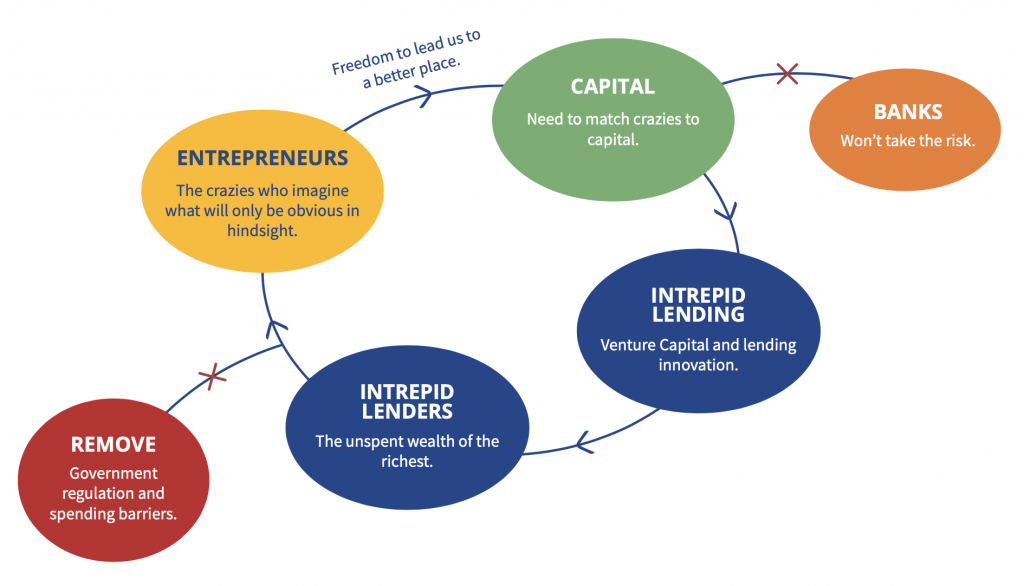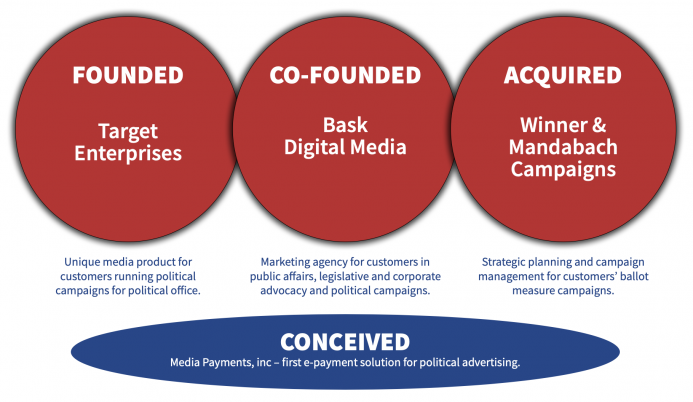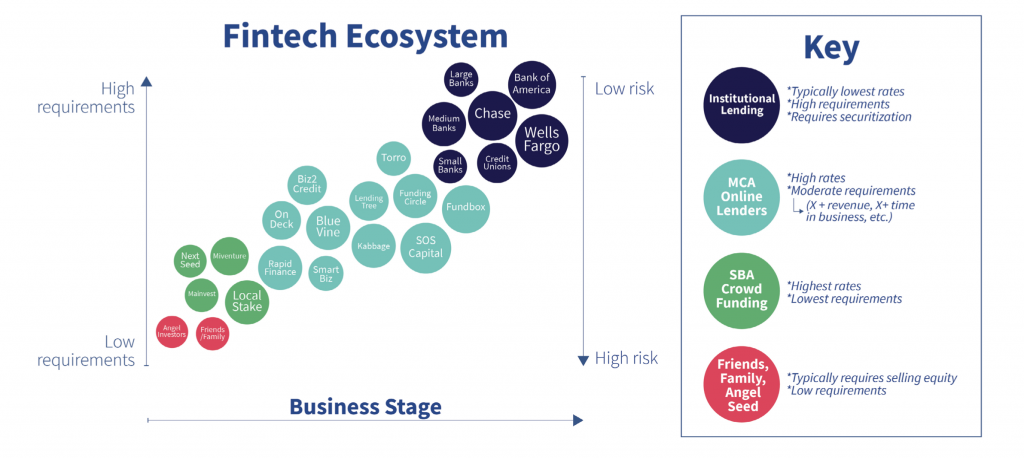67. Trini Amador: The Business Tools to Shift Customer Behavior in Your Favor
Every successful business is built on empathic understanding of customers’ preferences. As we know from the theories of Austrian economics, the preference scales of every individual are highly subjective, idiosyncratic, context-dependent, and highly changeable. How does an entrepreneur develop the appropriate level of understanding? Can this understanding be a source of business-building advantage?
We talked with Trini Amador, a returning guest and an in-demand global branding and marketing consultant who has developed an effective process for every entrepreneur to achieve a breakthrough level of insight into customer motivations.
Key Takeaways & Actionable Insights
Customers bond with businesses and brands they love and trust. The choices they make have their own internal logic. Entrepreneurs must develop insights into their motivations.
Insights are the lifeblood of any brand- or business-owner, says Trini. Why do customers behave the way they do — especially in buying or not buying? Insights tell you. They become the difference between “just a business” and a brand that successfully delivers against the needs of their customers.
Insights are the entrepreneur’s understanding of customers’ motivations, values and attitudes.
They’re the “Why” in why people act the way they do. Always emotional, always subjective. Entrepreneurs who understand “Why” can design stimulus or communication or innovation to motivate buying behavior.
There’s an insights generation process. It starts with identifying the people you wish to serve.
Trini recommends a focus on your “core target” audience — not a general definition of who might buy, rather a highly specific profiling of your most likely and best prospects. Mark Packard, in episode #62, called them “high knowledge” customers. They know what they want, they know the category and they’re precise about what experience is satisfactory and what is not.
There is no shortage of data for you to utilize. Make sure you select the most important and useful data:
Attitudinal data: how your customer feels, especially if they are expressing dissatisfaction;
Behavioral data: behavior reveals preferences — “motivations are embedded in behaviors”.
The best sources of data are first hand observation and one-on-one conversation.
Organize your data in an insightful way.
To avoid data overload (there’s so much of it to collect!) Trini suggested couple of organizational techniques.
One is visualization: build a visual profile of the customer with photos and notes indicating their hobbies, favorite brands, activities — visuals that depict their behavior and preferences.
A second is personalization: write a composite profile as if it were one individual and use it as a “one perfect customer” persona.
The objective is to change behaviors. Insight is the required key to unlock the possibility of doing so.
Trini cited the example of his own wine brand from Sonoma County, California: Gracianna. For example, the objective may be to get people to visit the tasting room who have never visited before. That’s a behavior change.
Why do people behave the way they do? One inquiry tool is the 5 Why’s, which is a way to examine the sequential rungs on the individual’s means-ends ladder to identify their highest value, the motivation that is ultimately driving them. Trini used the example of why some people feel better about buying a Tesla than an alternative vehicle. Ultimately, they want to feel that they are better citizens of the planet. Trini entertainingly ascends the rungs of the ladder from “need a new car” and “get from A to B” to arrive at “the feeling of being a better citizen”.
Using these tools, we arrive at a deep understanding of why customers make the choices they make — that is, an insight.
The Insight feeds the Behavior Modification tool.
The definitive “Why?” that emerges from the 5 Why’s inquiry becomes the current state in the behavior modification tool. This tool has two components:
Attitude Modification: behaviors are related to attitudes, and so to change an attitude can lead to a change in behavior. Attitude modification documents the FROM (the attitude we want to change) and the TO (the new attitude we want to encourage).
Key Marketing Platform: a marketing platform is a staging point for all initiatives aimed at achieving the desired attitude among target customers: communication, promotion, innovation, distribution, relationship.
Continuing the Tesla example, we want our prospective customer to feel that Tesla is the most progressive electric car that helps save the planet in the coolest, most prestigious ultra-premium way. If we can get them to feel that way, they’ll buy. The entrepreneur imagines the future behavior, and then acts through the marketing platform to cultivate that motivation.
How? Consider all resources that fall under the headings of communication, innovation, promotion, expanded distribution, and enhanced relationships. Experiment, experiment, experiment. Test, test, test. We’ll discuss the techniques in a future episode of Economics For Entrepreneurs.
Free Downloads & Extras
Insights Statement Template: Our Free E4E Knowledge Graphic
Marking Platform Tool: Our Free E4E Knowledge Graphic
Understanding The Mind of The Customer: Our Free E-Book
Start Your Own Entrepreneurial Journey
Ready to put Austrian Economics knowledge from the podcast to work for your business? Start your own entrepreneurial journey.



